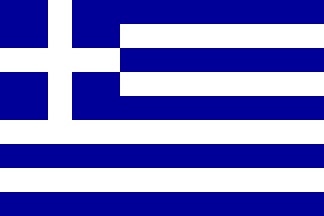Corelab Seminar
2011-2012
Sotiris Dimos (NTUA)
Congestion Games n the Level of Altruism
Abstract.
Congestion Games is an important class of games and many researchers in algorithmic game theory have
invested their time on that field. However, most of that research so far is based on the assumption,
that all players are purely selfish. They look how to maximize their short-term self profit. Despite
its simplicity, and its wide use and propagation in economics and game theory, generally, this assumption
fails in actuality. Sometimes people do things despite their individual profit. There is a sense of fairness
and common good. There are many examples according to which people voluntary invest time and or money for
common good without immediate profit.
Given all these facts we shall change a little the model to encapsulate the assumption that players
are a little bit selfish, a little bit altruists. More precisely the utility of each player would be
a linear combination of the self profit (selfish component) and the overall cost to the system (altruistic component).
Utility = (1-â)*SelfProfit + â*SocialWelfare, where â<=1 is the level of altruism.
Given the new model we shall investigate for both atomic and non atomic congestion games the obvious
and primitive questions: (a)does any pure Nash equilibrium exists? (b)if yes, does the better response
dynamics converge? and finally we will try to quantify the Price of Anarchy.
Finally, given the observation that for level of altruism equals to 1 all the players are pure altruists, that is the best solution to the system is also best Nash equilibrium, we shall try to find out the smallest fraction of the social welfare that needs to be added to the players' payoffs to ensure that a Nash equilibrium is also its social optimum.
